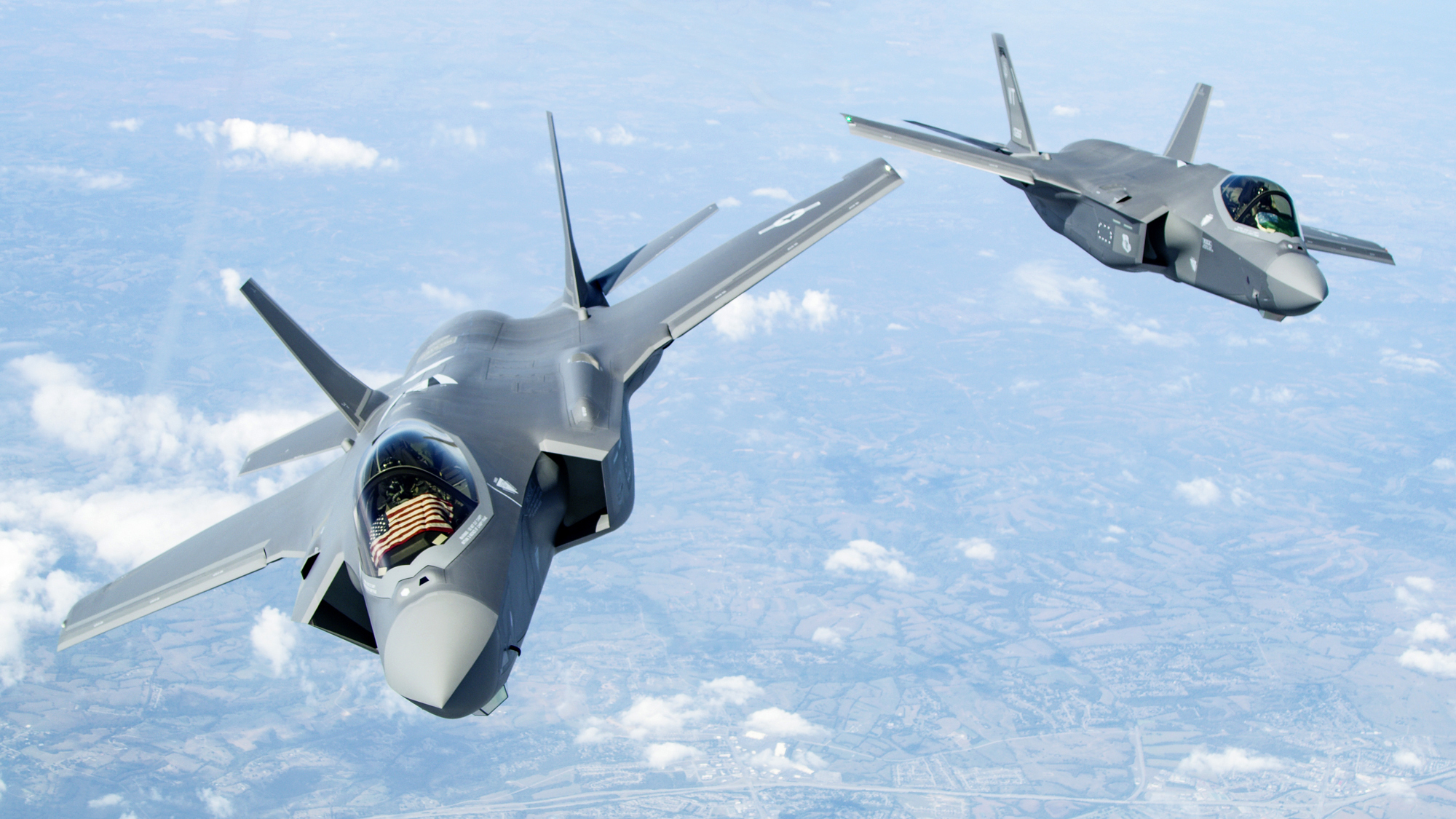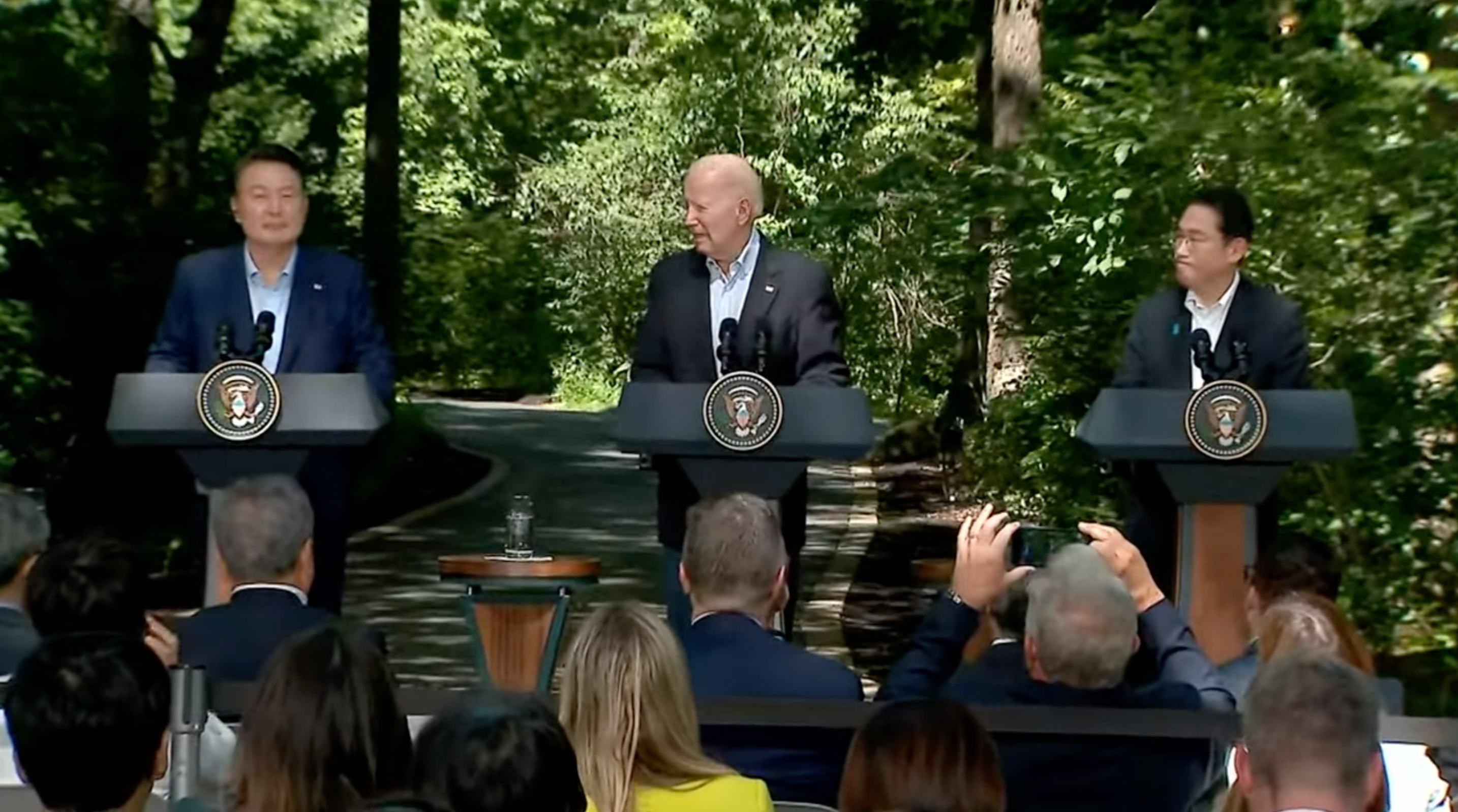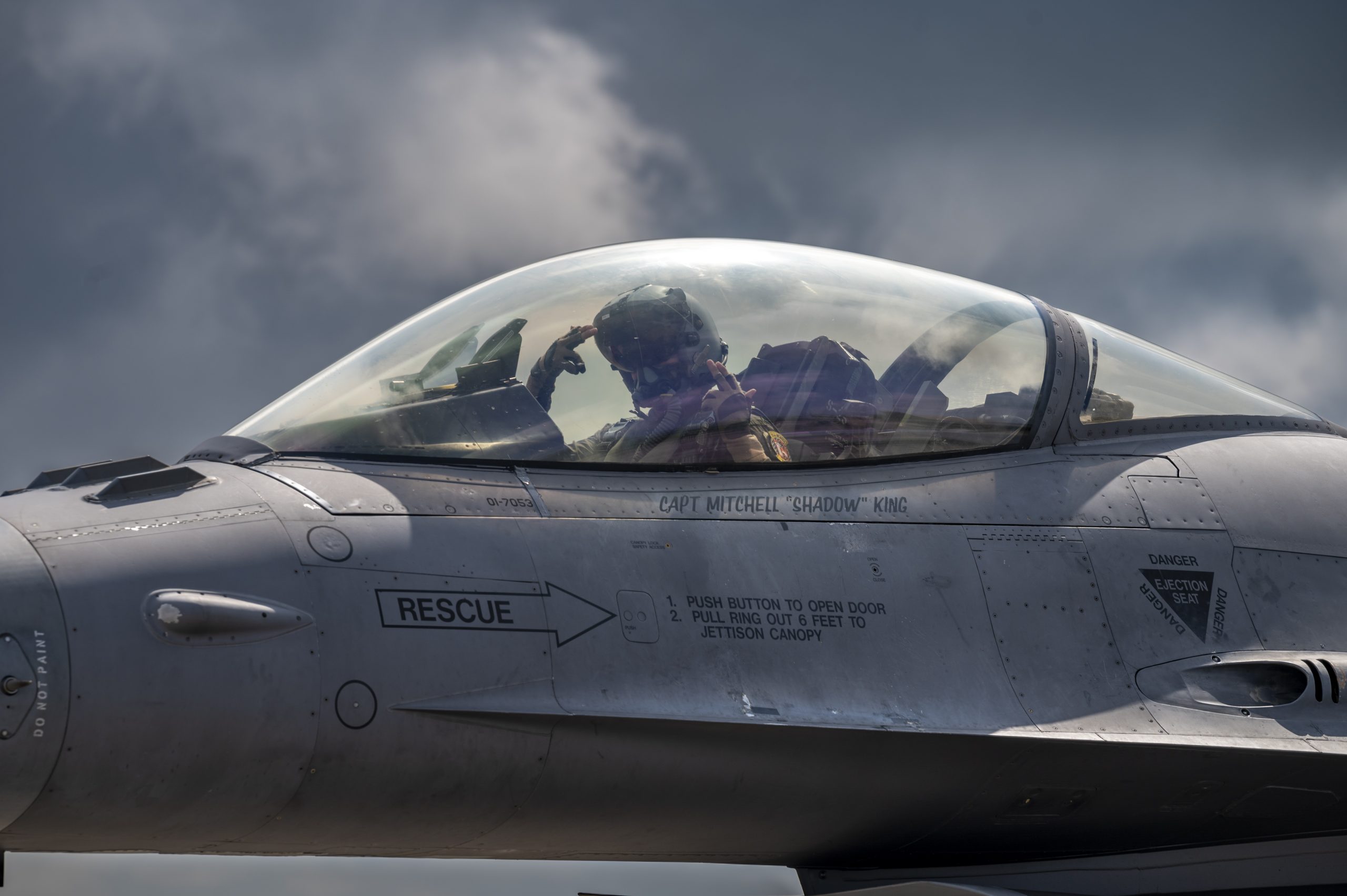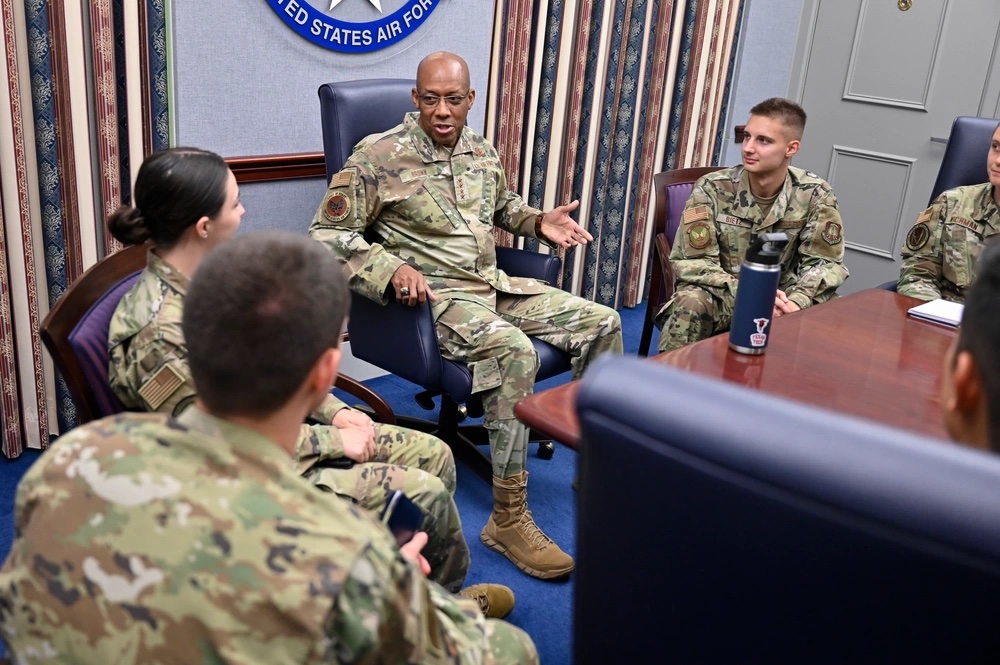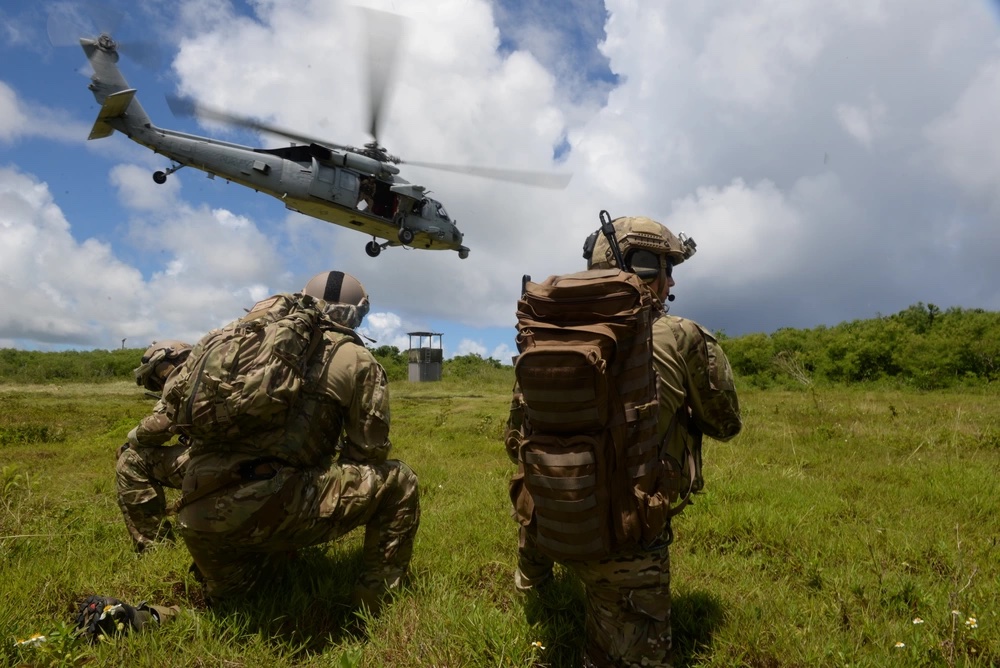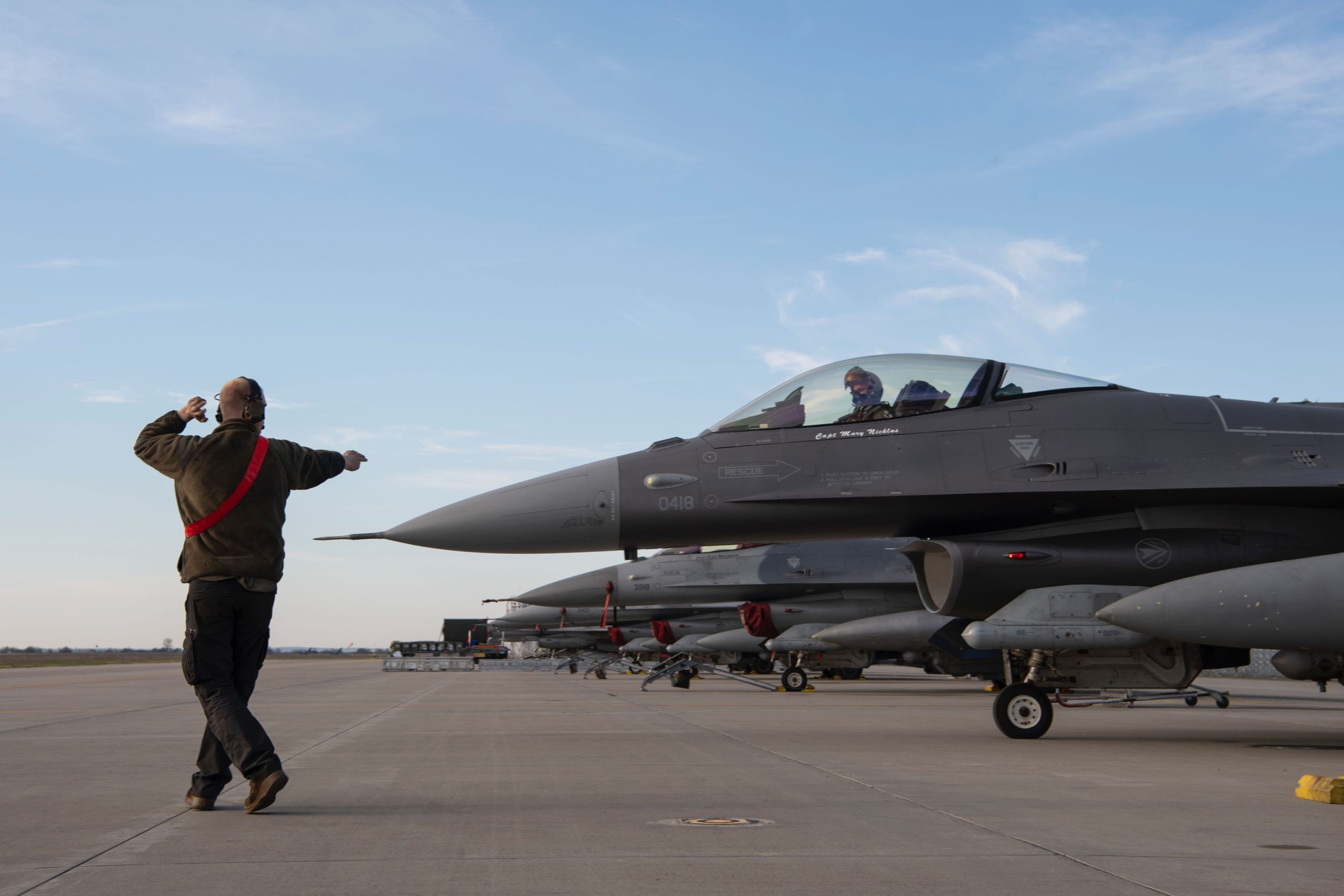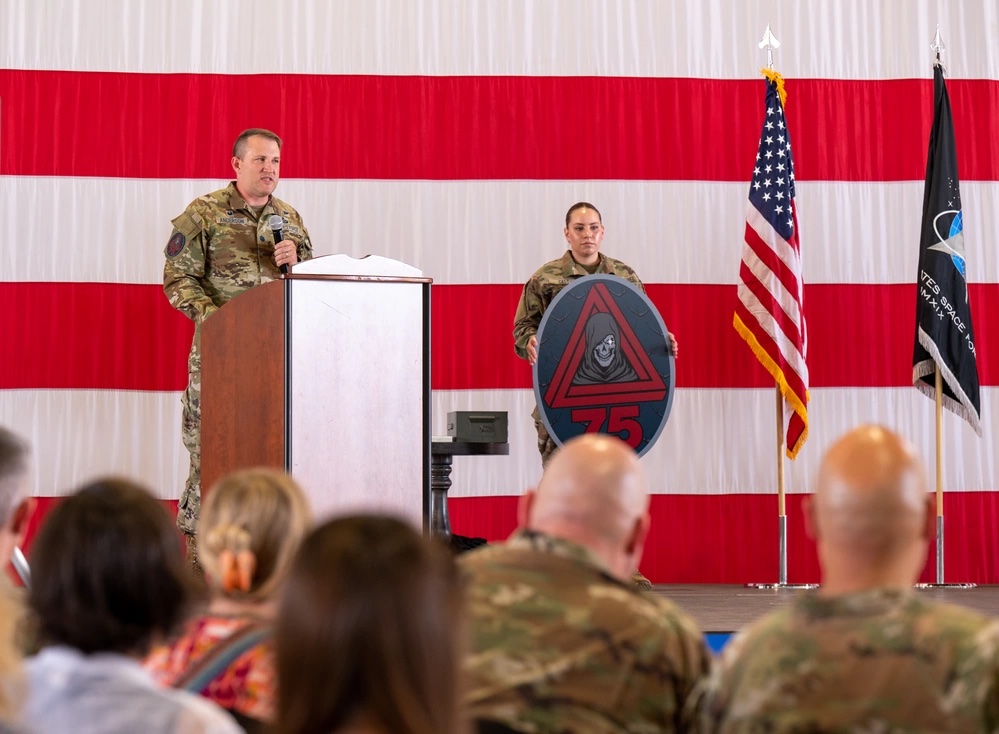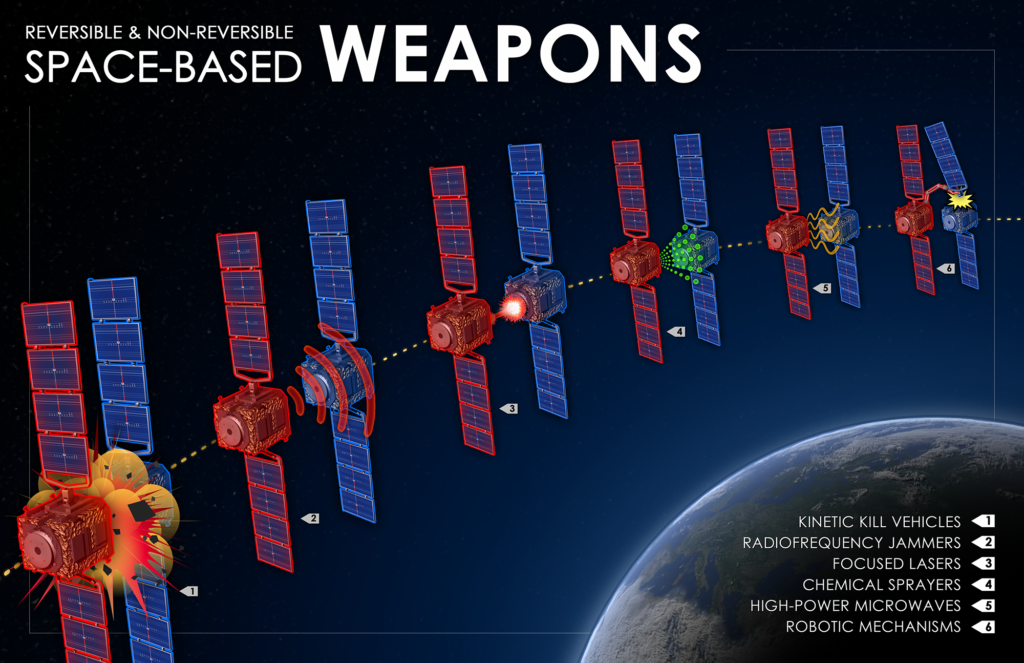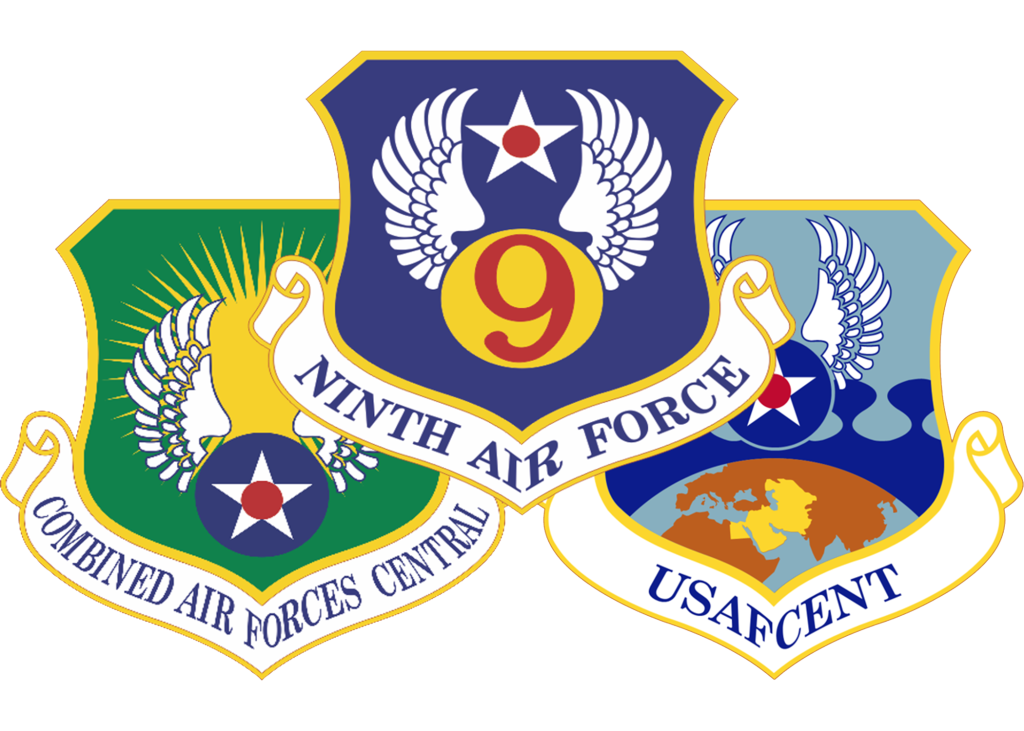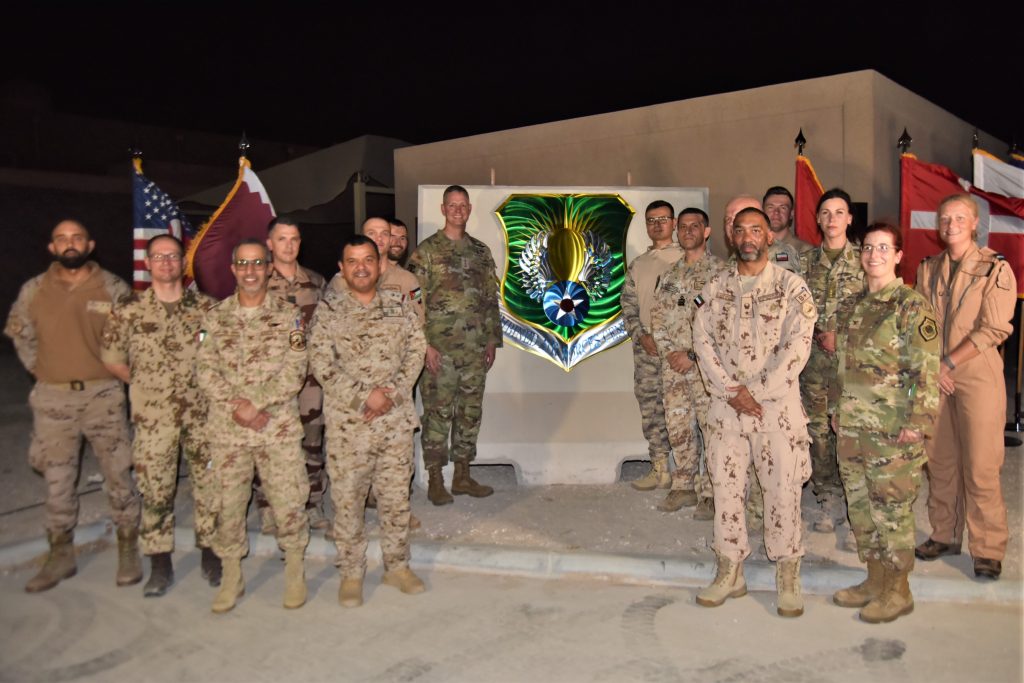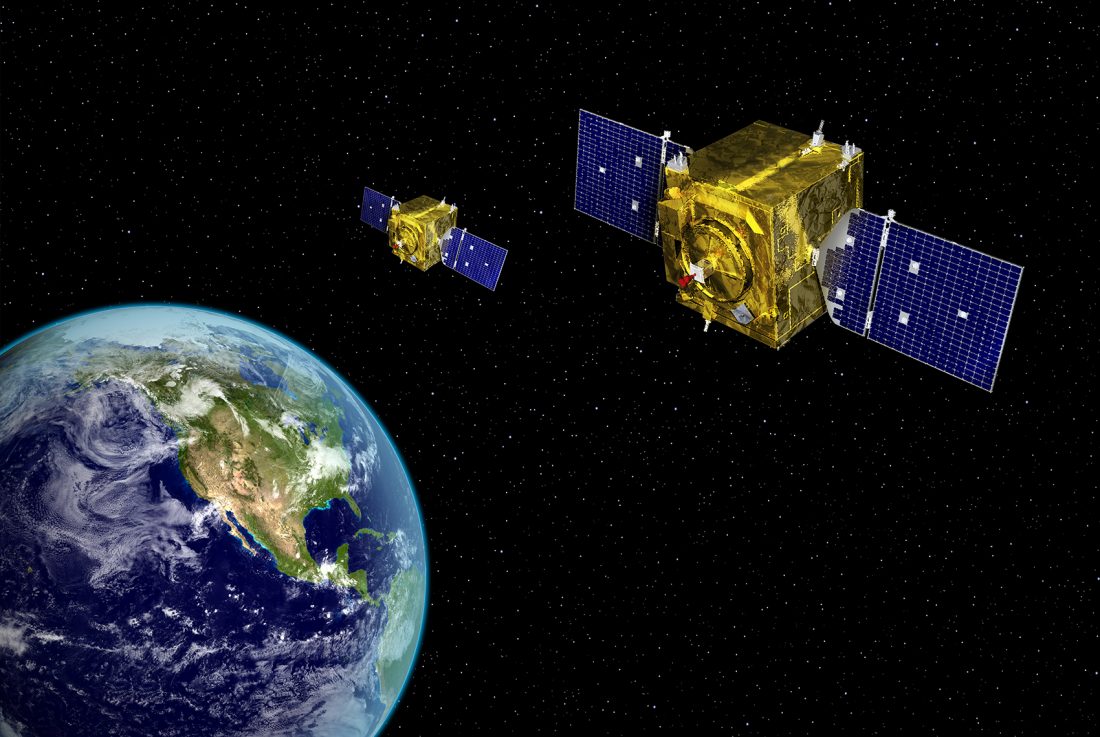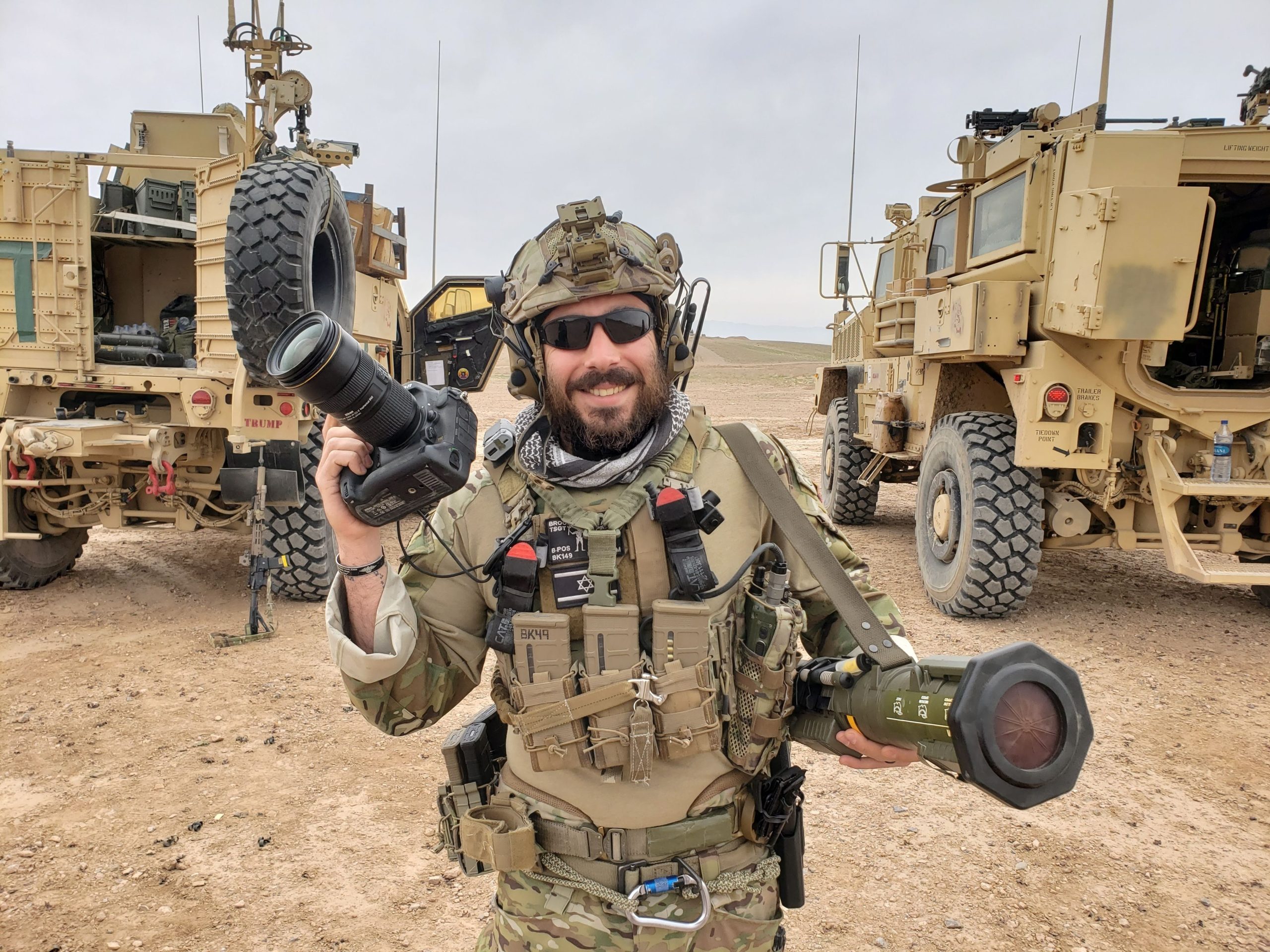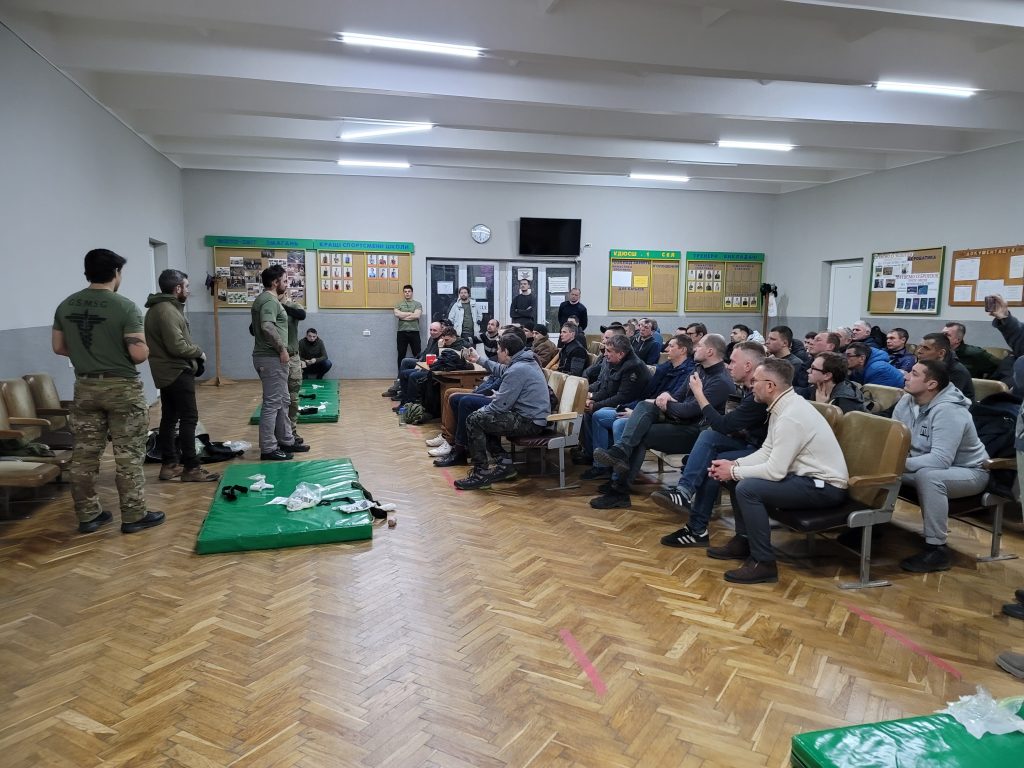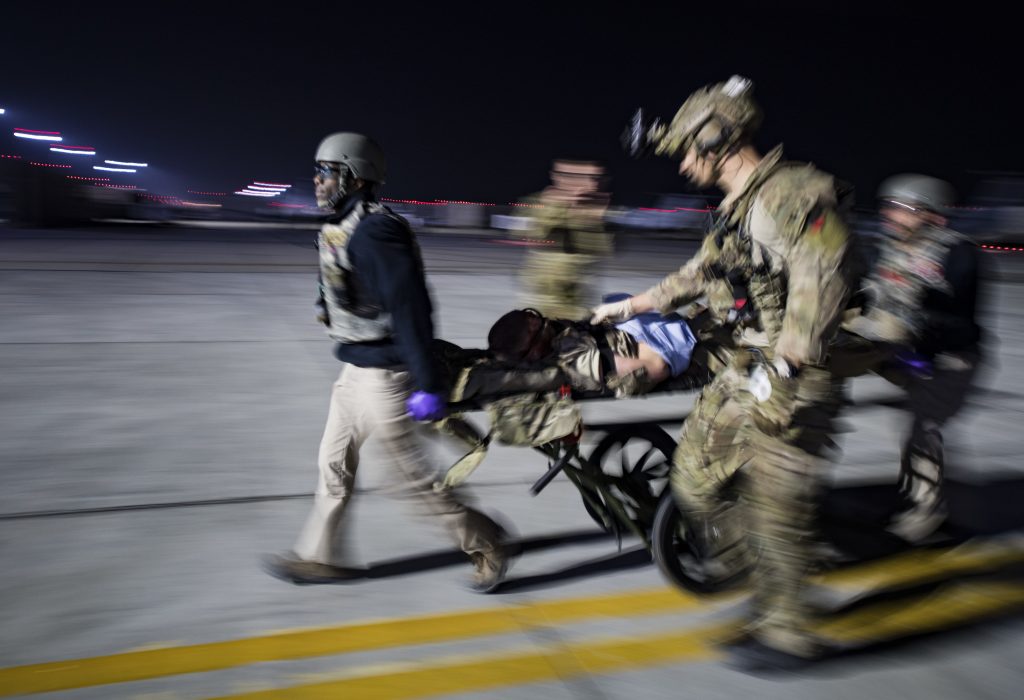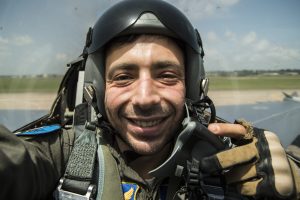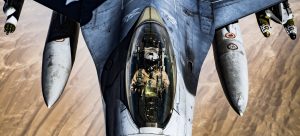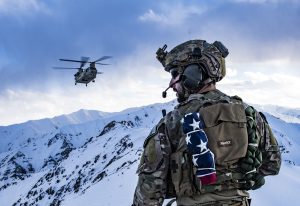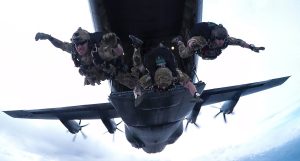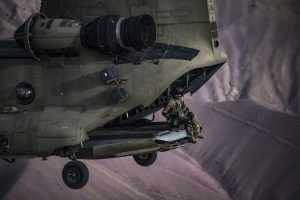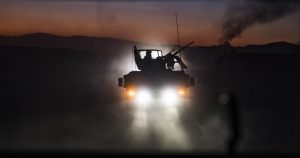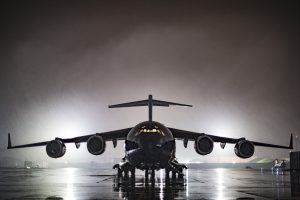The U.S. Air Force is all-in on the Joint Simulation Environment (JSE) to revolutionize the way warfighters train for the future fight.
JSE—and HII’s Mission Technologies division, a contributor to the evolution of JSE—will be a central component in the Air Force’s mission to increase force readiness, one of the top operational imperatives outlined by Secretary of the Air Force Frank Kendall.
“JSE embraces an enterprise approach, meaning it is built using common, non-proprietary solutions for joint all-domain operational training challenges,” said Mike Aldinger, vice president of the U.S. Air Force portfolio in Mission Technologies’ Live, Virtual, Constructive (LVC) Solutions business group. “Enterprise approaches are central to HII’s business strategy and an element of the Air Force Material Command’s strategic plan. A primary advantage of the JSE solution is to provide a single, unified, high-fidelity environment that generates conditions like weather, weapons effects and electronic warfare (EW). The upshot is a common simulated battlespace where multiple simulators can interact using next-gen platforms like the F-35 and Next Generation Air Dominance.”
Plans are in place for the JSE to be integrated into the Virtual Training and Testing Center (VTTC) at Nellis Air Force Base in Nevada by 2028. The initial instantiation will comprise eight F-35, four F-22, and eight virtual air threats. HII is supporting the evolution of this new technology at Nellis, working on-site to integrate systems and models, as well as performing software development to ensure that the simulated environment reflects real-world changes as they develop.
”JSE is a common environment that all of the training platforms query for results,” Aldinger said. “An input (weapon engagement) is transmitted into this common environment that then provides the adjudication to figure out [whether] it was successful or not, and this is then reflected across battlespace participants.”
Aldinger said that today’s distributed training environments are comprised of disparate systems connected over wide area networks, which can result in segmented training environments. These segmented environments impact training interoperability, and at times result in the use of dated battlespace parameters (e.g., models, threats, EW) due to the lengthy process for updating the many training systems.
“JSE includes a set of systems and processes to allow the U.S. Air Force to rapidly update models, such as radar models [and] threat models,” Aldinger said. “As our peer adversaries evolve, we can rapidly update this JSE architecture so that when we train with future platforms and current fifth-gen, they [accurately] represent what the near peer adversary we’ll be up against.”
John Bell, technical director of HII’s LVC Solutions business group, said the concept is to provide a common architecture for the simulated environment that all the models can use.
“In particular, the Air Force and the Navy, who are developing JSE together, can build a common set of models such as the Next Generation Threat System (NGTS), which is providing the constructed simulation component of the JSE,” Bell said. “We are, as of this year, beginning a new software development effort at the VTTC to develop new threat models and new weapons system models in NGTS, specifically using data that we are given from the National Air and Space Intel Center. The concept is: We get [new] data that’s been collected about real-world threats, and within a period of months, we’re able to implement that data. Depending on the nature of the data and the nature of the threat, it may be a matter of weeks before we can implement that data in the new threat system.”
Aldinger and Bell both said JSE is a “Train as you Fight” solution, giving warfighters the high-fidelity, real-world experience they need with the full range of fifth-gen (and Next-Gen Air Dominance) platforms. An F-35 pilot, for instance, can turn on all their sensors in the JSE that they wouldn’t be able to on a range without exposing capabilities to adversaries.
“This is a different approach to how they’re training today in USAF Distributed Mission Operation,” Aldinger said. “The training platforms [will] include the Operational Flight Program. What’s in the air is being fully represented in the VTTC, so you’re getting the most realistic training possible with this JSE approach.”
That streamlined, high-fidelity and efficient solution to training wouldn’t be possible without Mission Technologies’ LVC expertise. HII’s enterprise solutions and support are imperative in the Air Force’s pursuit of JSE, a revolutionary force multiplier that’s preparing today’s warfighters for tomorrow’s fight.
